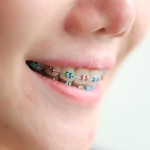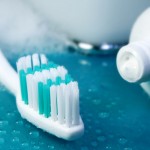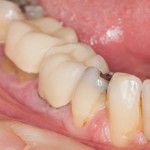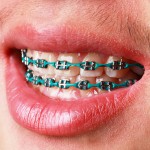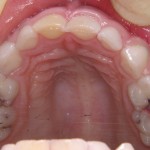
This large trial investigated the use of a ‘preventive package’ of fluoride varnish, fluoride toothpaste, toothbrush and standard dental health education in children between 2-3 years attending general practice. The intervention did not keep young children caries free but did reduce caries levels.
[read the full story...]